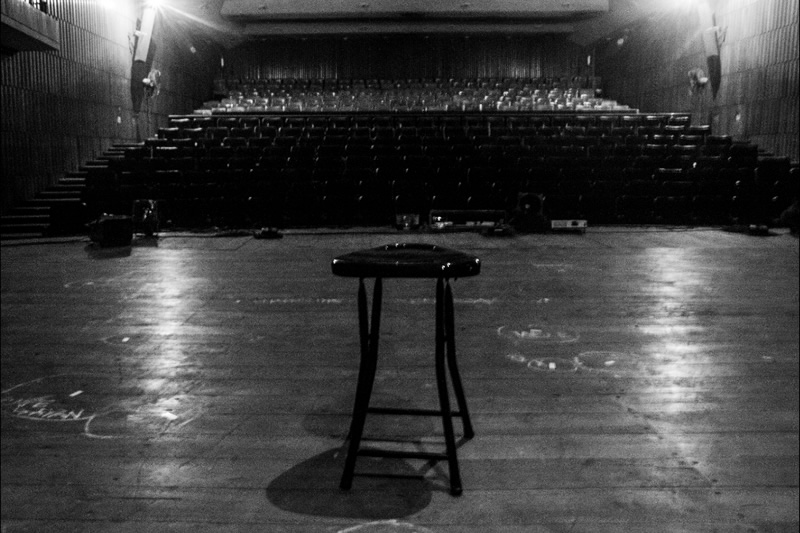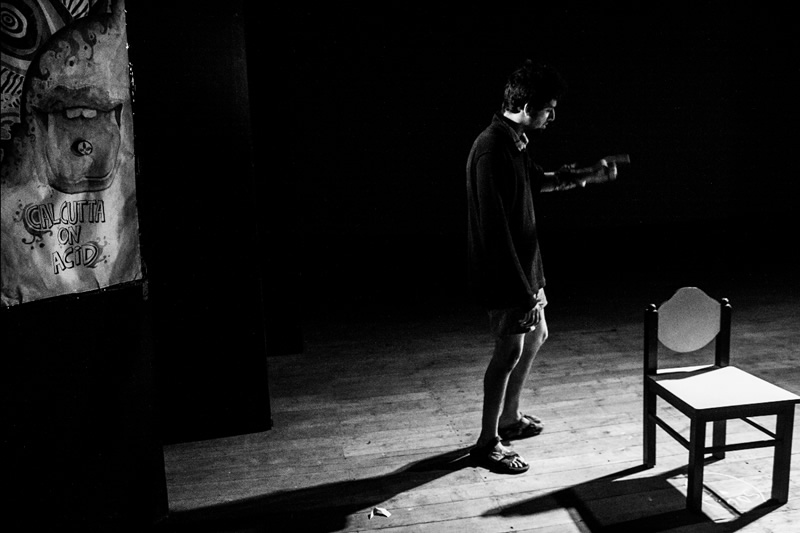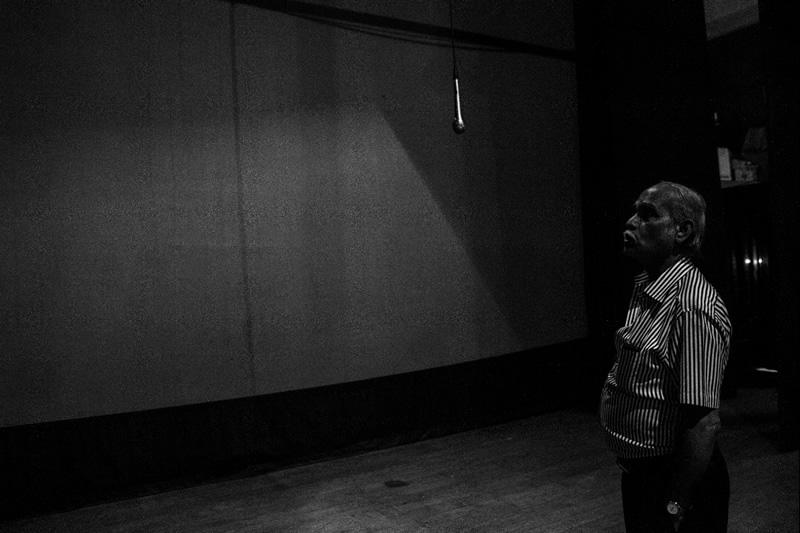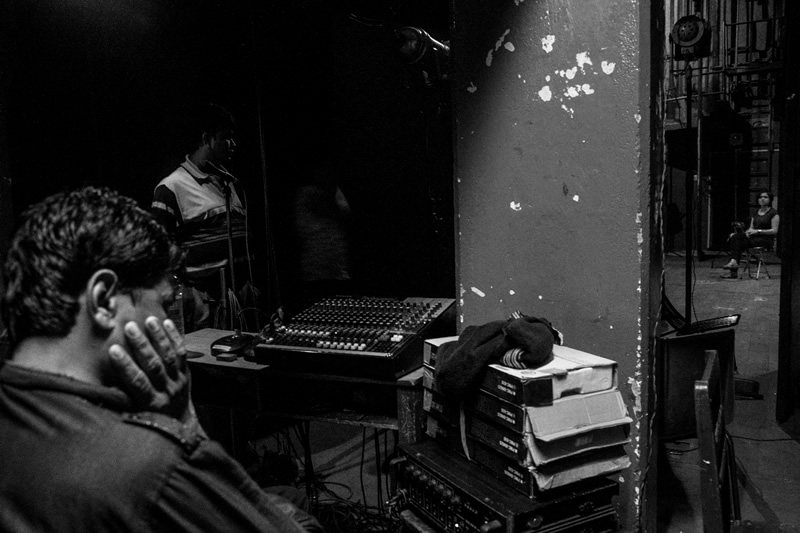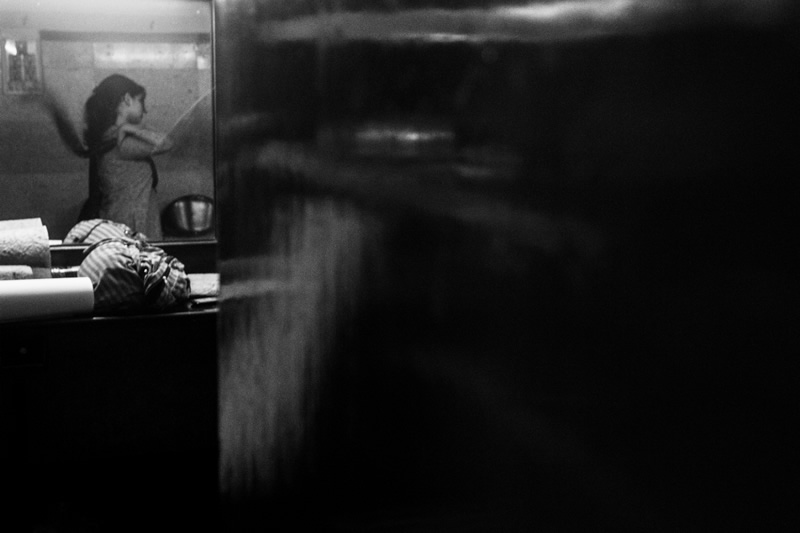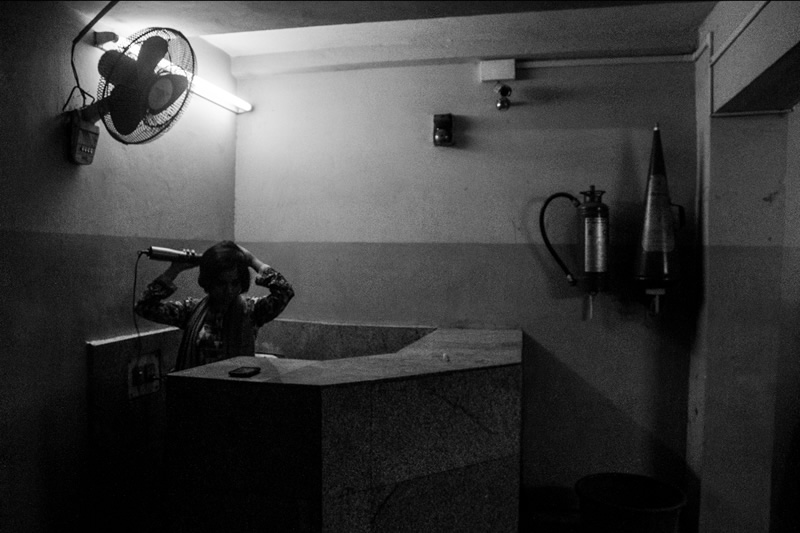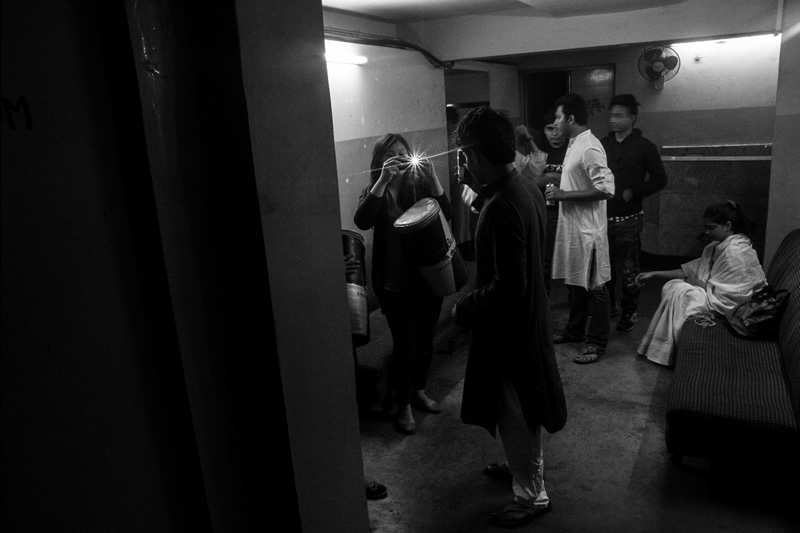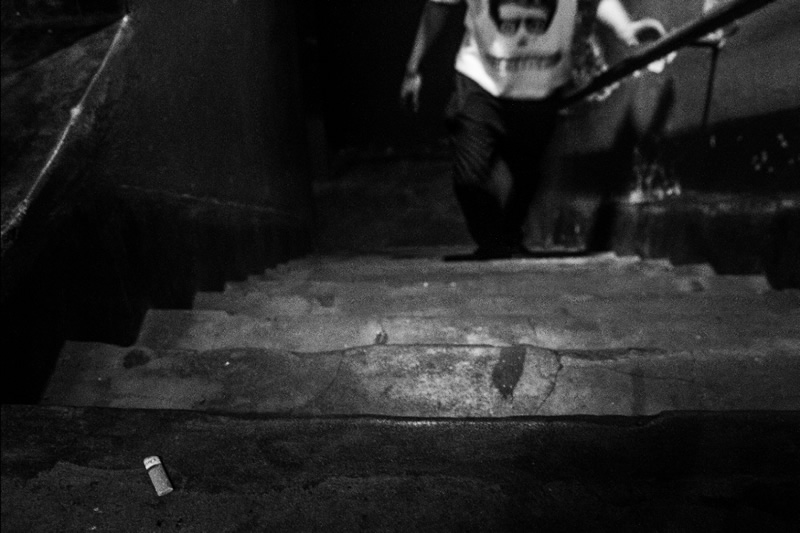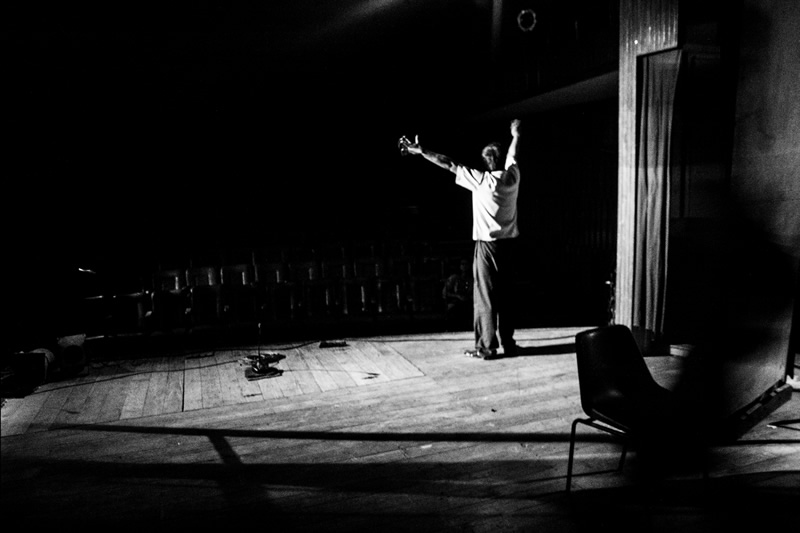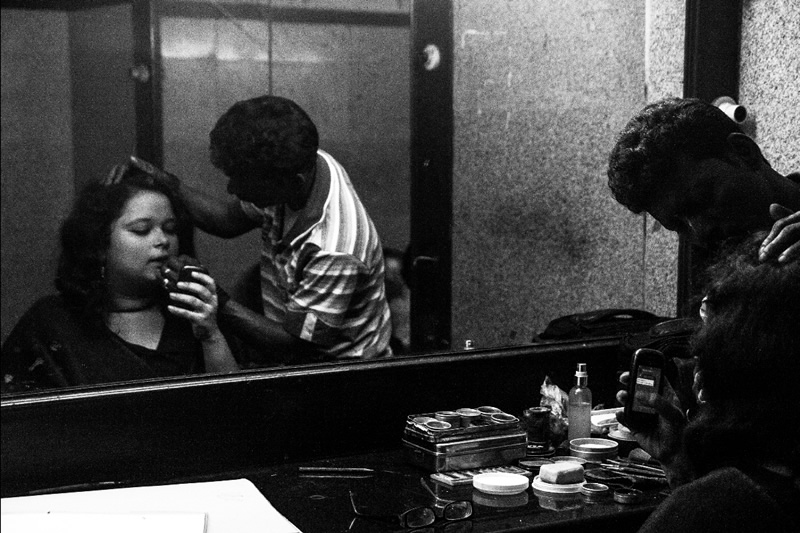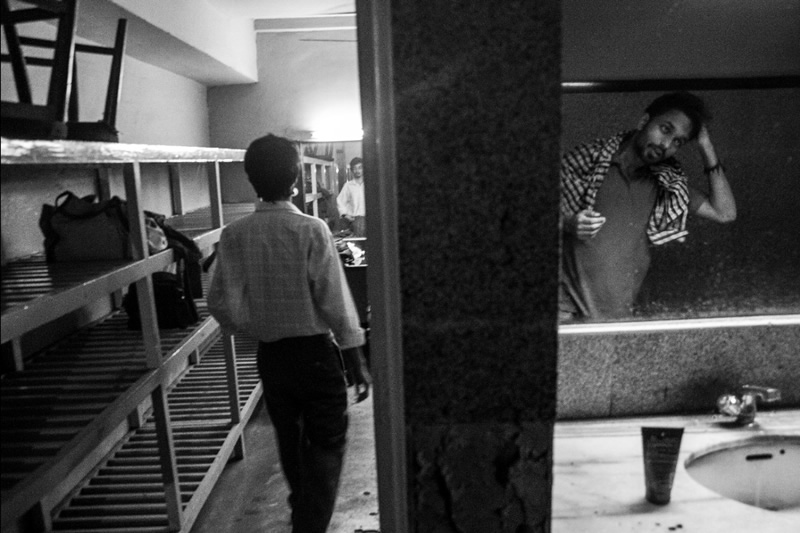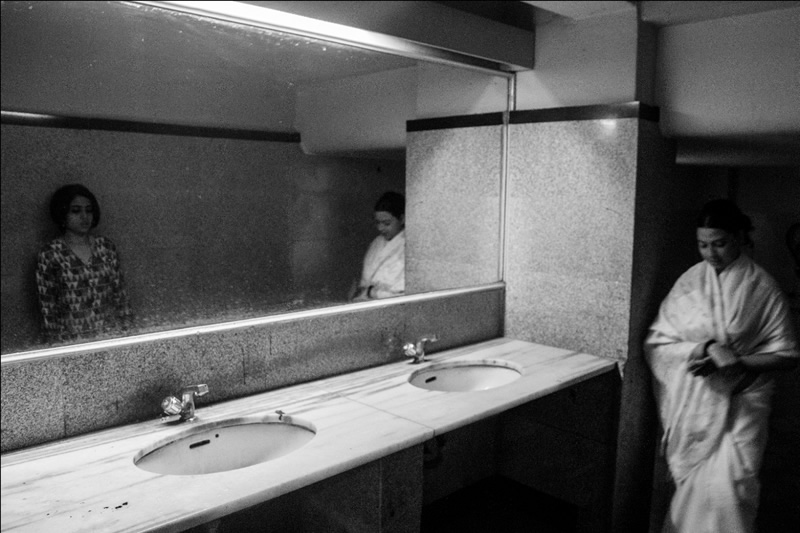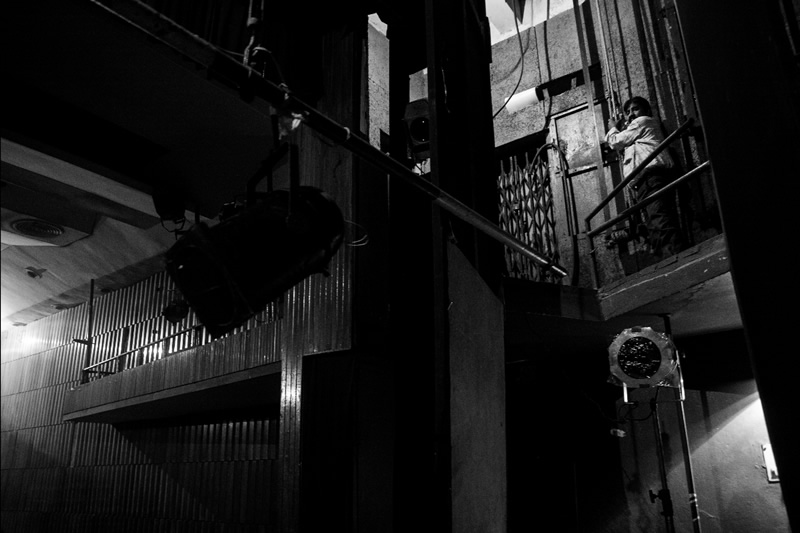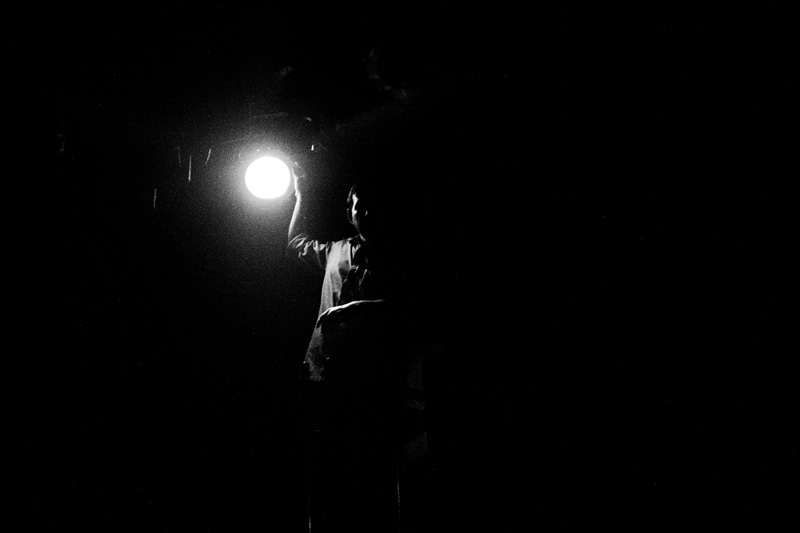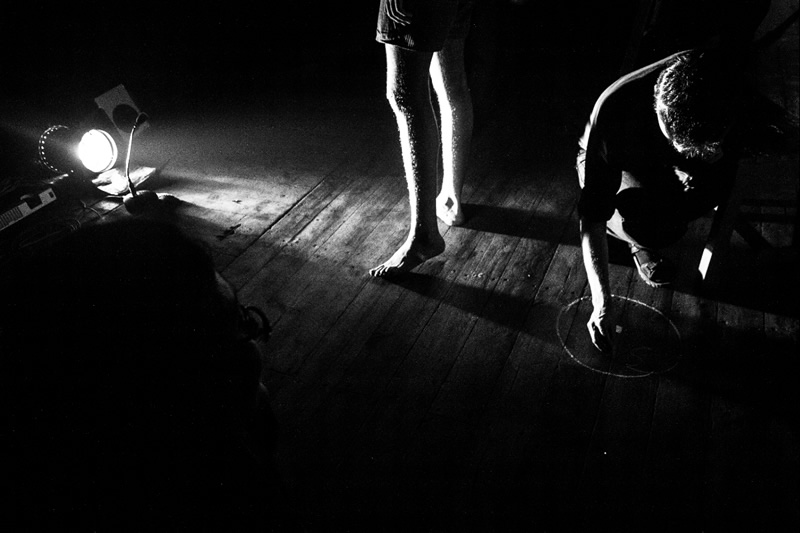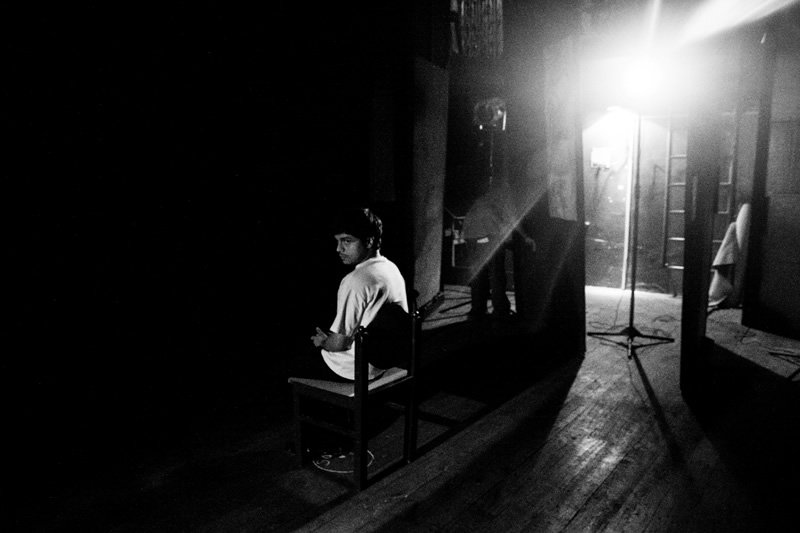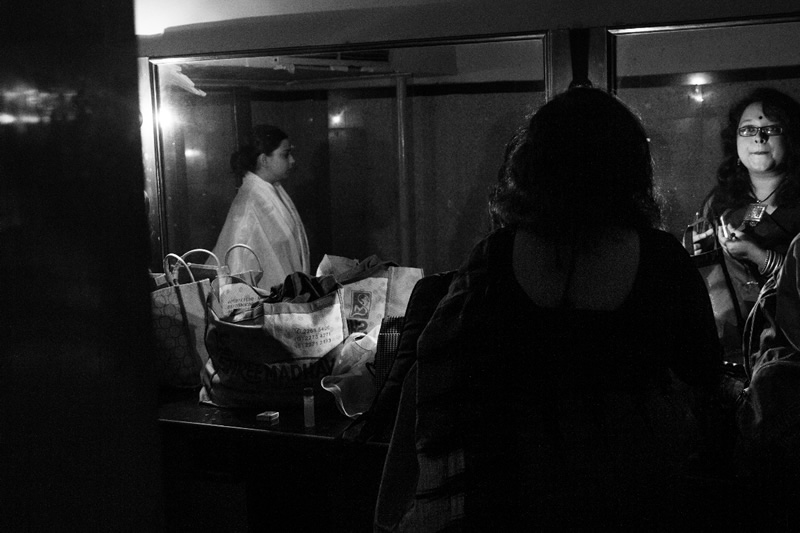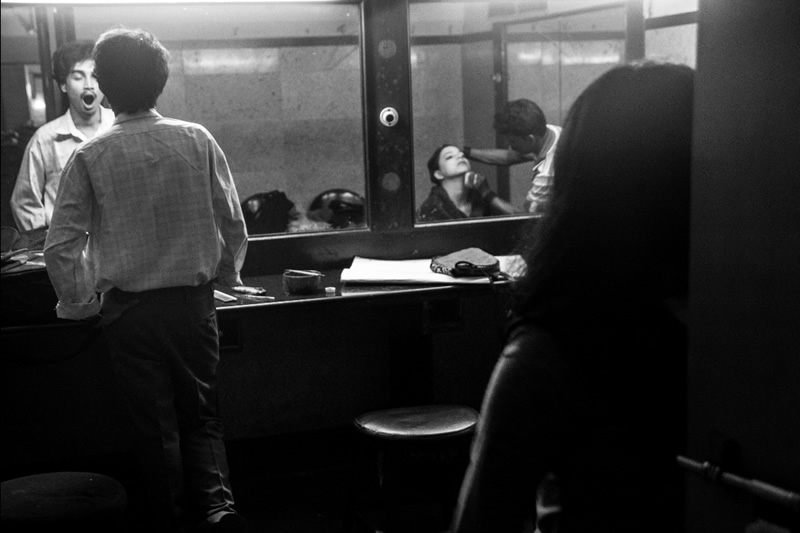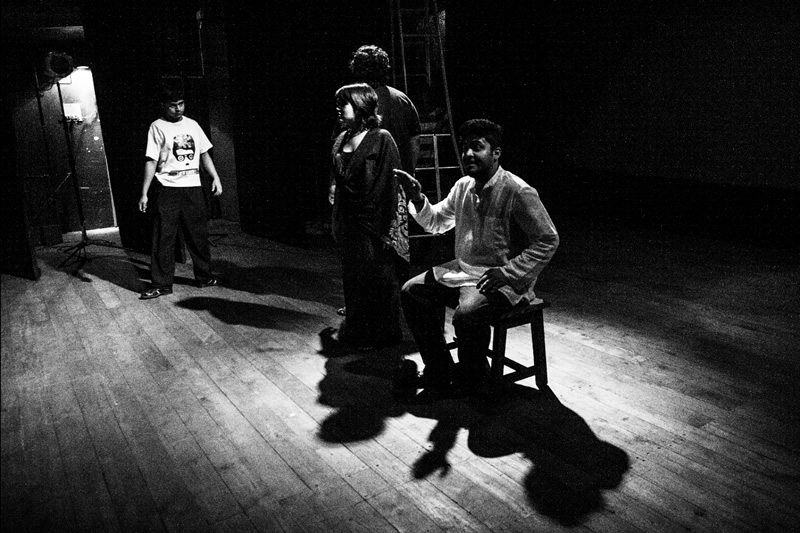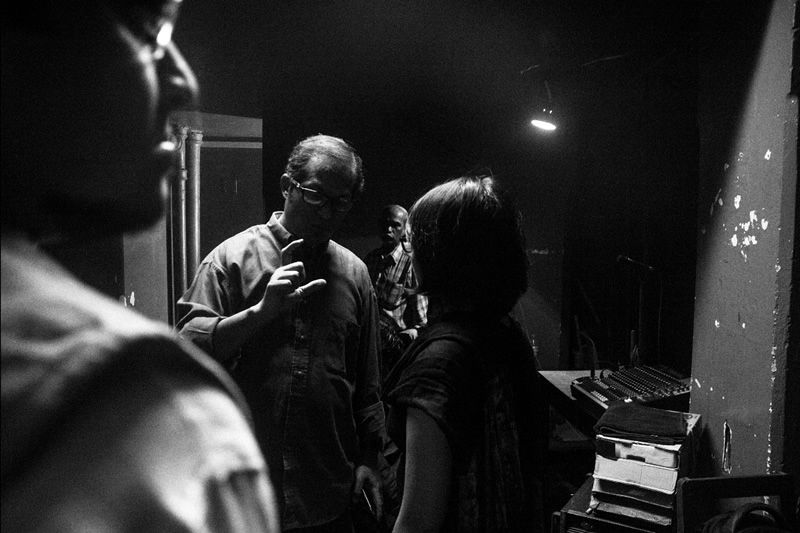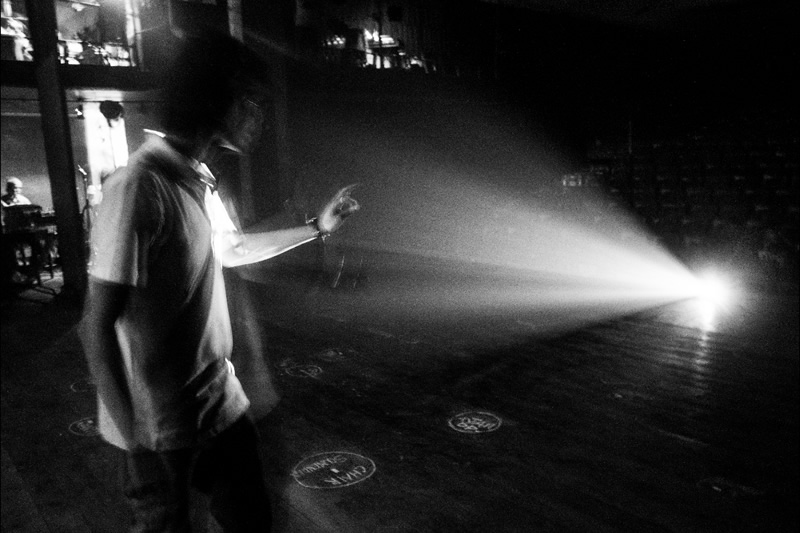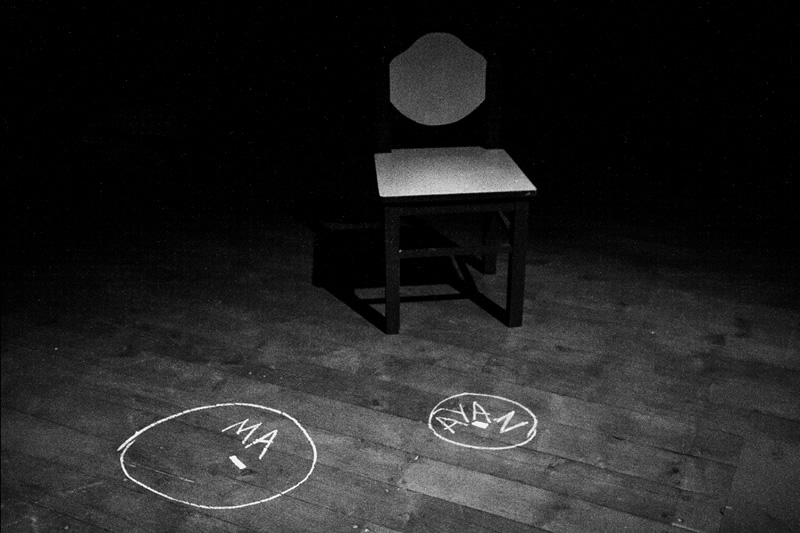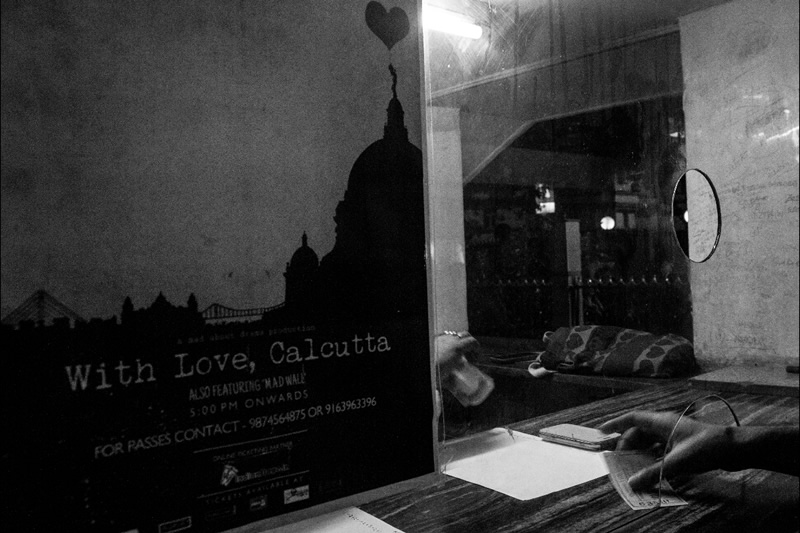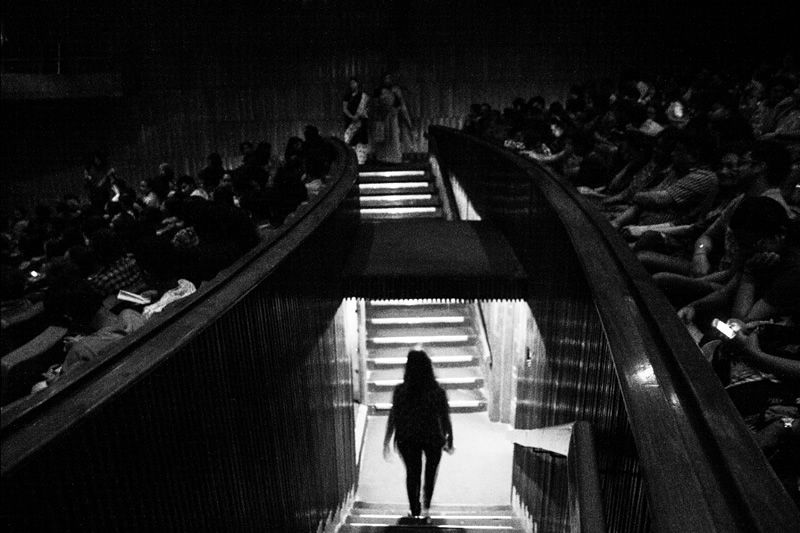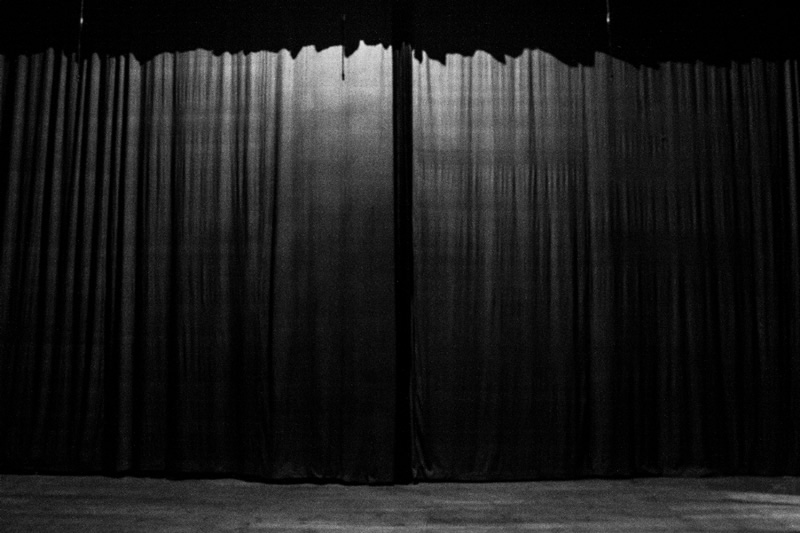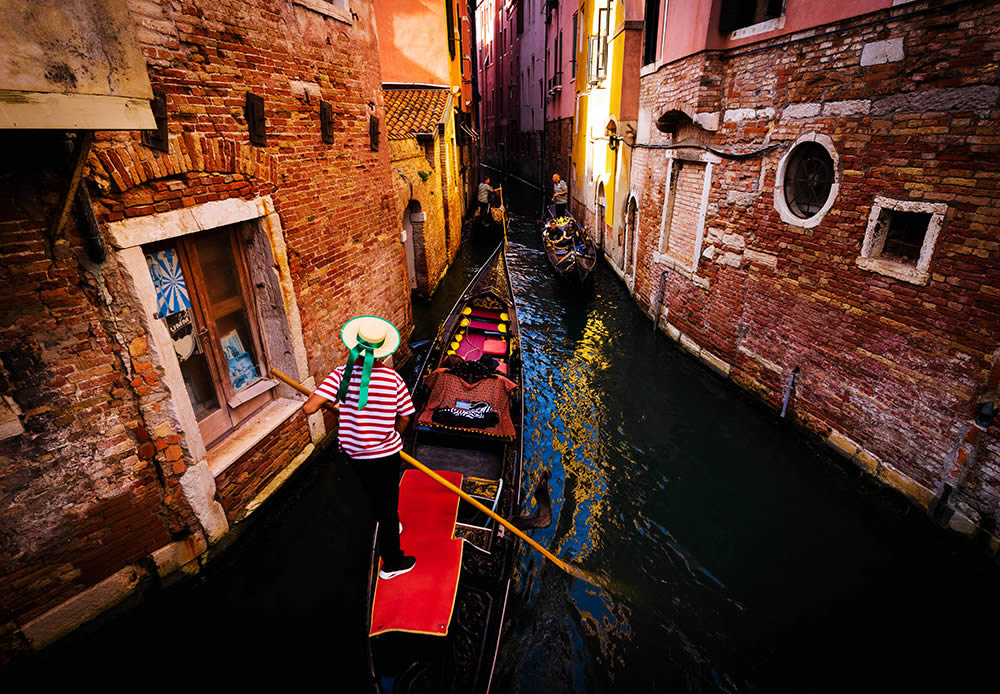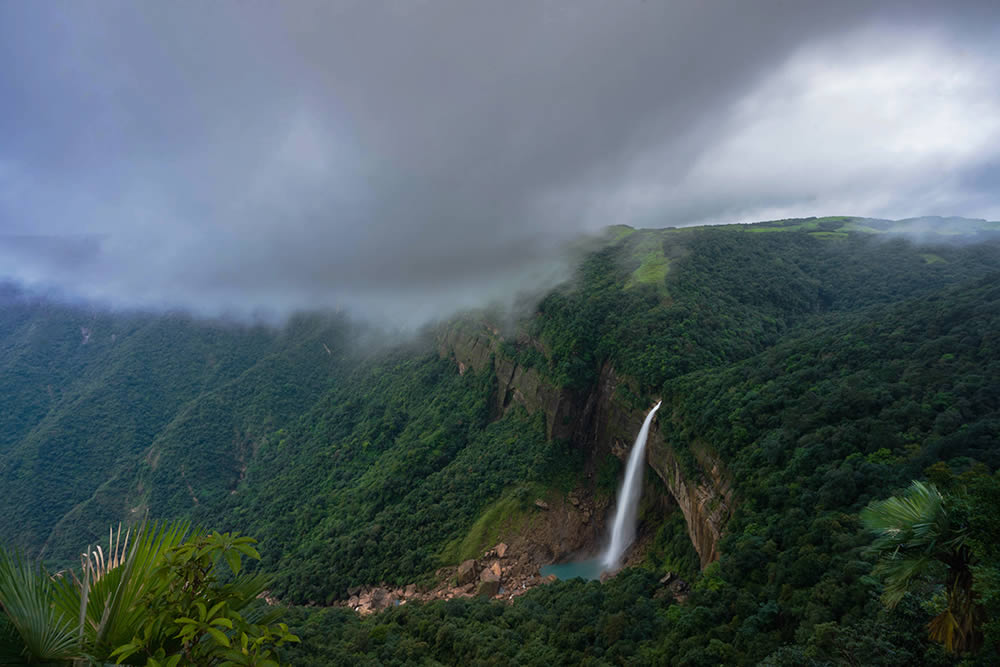Calcutta has always been the centre of art and culture in India, among which theatre played a pivotal role in shaping up the social mind set of the city. The tradition of mainstream theatre is believed to have been started since the 1940s. Calcutta has witnessed the rise of both commercial and non-commercial form of group theatres. Some of them were very private, only crowded by its like minded followers and some of it was open to the public as a form of entertainment.
Theatres have always been the medium to spread revolutionary ideas, protest political and social wrong doings and even give messages of love, despair or suffering.
The city has been blessed to have witnessed the performances of brilliant actors like Utpal Dutta, who has been a legacy for actors both on screen and on stage. Sadly, the theatre scene took a dip in the last decade or so, but for the past couple of years there has been a surge in the number of theatre groups and their activities. The youth of the city has brilliantly come together in a united effort to revive the dying tradition of theatre along with the long established names of theatre groups and production houses.
“Beyond The Act” is a series which tries to see the other side of theatre which many of its followers miss out upon. This series has been based on the youth theatre group M.A.D.(Mad About Drama) during the showcasing of their play “With Love, Calcutta”. The series concentrates upon delivering the moments of tension, anxiety, relaxation, light and sound set up, makeup and other flurry of activities hours before the start of play. There have been efforts to include symbolism of relaxations amidst the tension, moments that define the anxiousness of an actor, and moments that signifies the shadow of modern inventions hovering over the still traditional methods of theatre and its setup (light and sound). The pictures have been presented in a chronological order with the moments shuffling between the makeup/green room and the on stage activities of setting up of lights and sound, rehearsals, making of light cues and other relevant activities to give a sense of parallelism of the chaos that go on before the start of a play. The pictures have been done in B/W in order to take advantage of the dark and bright situations that prevailed upon the stage and its surrounding areas. B/W helped me to showcase the emotion and feel of the moments in a much truer form through the harsh stage lights, the strong shadows, the strong highlights coupled with strong dark and whites tones to give the feel of monotonic sensation before the start of play.
This series is a tribute to the world of theatres in Calcutta and a work that tries to show the Kolkata (modern methods) in Calcutta (traditional methods of theatre) coupled with the hustle and bustle of preparation which is a prologue to the final act.
Thanks to M.A.D. for giving me the opportunity to capture unadulterated moments of them in their space and environment.
Click on the image for better and enlarged view.
v
About Anirban Mukhopadhyay
Anirban Mukhopadhyay is a photography enthusiast who loves capturing and interacting with moments around him. Currently he is pursuing a masters in Computer Science from St.Xavier’s College, Kolkata. Street life attracts him because of all the various people he gets to meet and know their side of the story.

Interest in Street photography has allowed him to know his city in a new way. He loves photojournalism and photo documentaries and believes the instincts required in street very much help in the two mentioned fields of photography. His work has been published in Filmfare magazine, 121clickes.com, National Geographic Daily Dozen, Life Force Magazine and the 1x gallery and he looks forward to doing photo essays that will help the society in some way to understand itself. He is associated with a German NGO, Ashalayam.
You can find Anirban Mukhopadhyay on the Web :
Copyrights:
All the pictures in this post are copyrighted Anirban Mukhopadhyay. Their reproduction, even in part, is forbidden without the explicit approval of the rightful owners.


